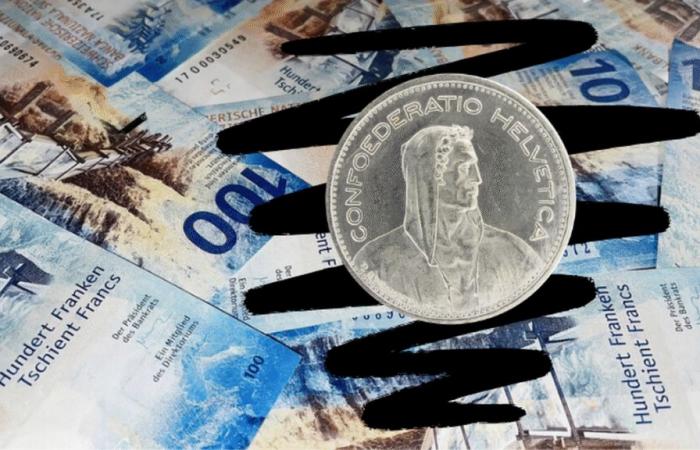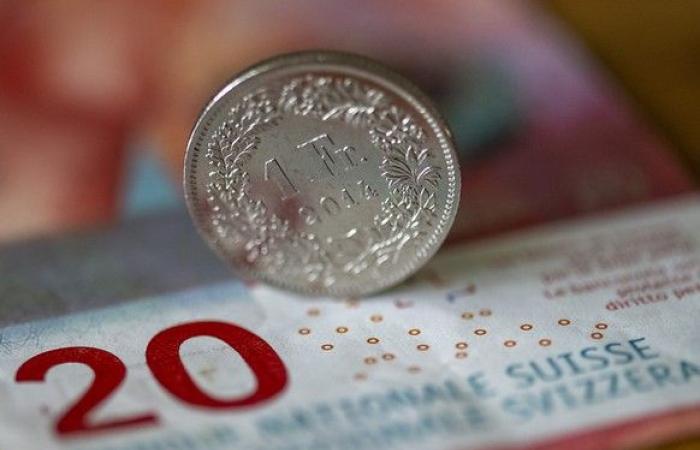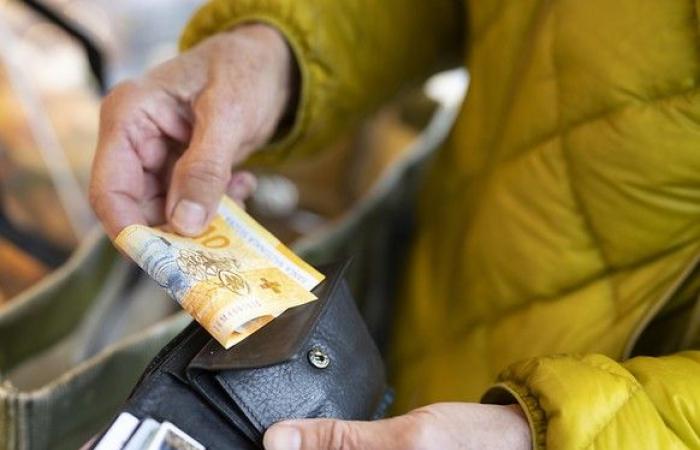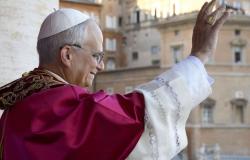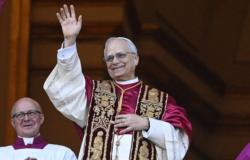Florin almost was introduced to Switzerland. But parliament finally opted for the franc just 175 years ago. The president of the Confederation also celebrates this jubilee.
07.05.2025, 20:5907.05.2025, 20:59
Stefan Bühler, Michael Graber / CH Media
It took little. The desire to unify the currency after the creation of the federal state opened a gap between the currencies. The French, Berne and Basel cantons wanted the franc according to the French system, the others militated for the Florin.
Before 1848, Switzerland had nearly eighty lords authorized to strike money. Depending on the region, we paid in Batz, Thalers, Schillings or Cents. Travelers who crossed the territory had to take several of them, or run from one exchange office to another.
In the first constitution, it was decided to centralize the currency and end the confusion. But how to do it? Already at the time, the Confederation was betting on expert reports: Banker Basel Johann Jakob Speiser recommended the introduction of the franc, because he hoped to have better access to the world economy. This convinced Parliament. The franc was born.
100 cents for a franc
“Five grams of money, nine tenths at the end, constitute the Swiss monetary unit, under the name of Franc,” says article 1 of the Federal Law on Mint of May 7, 1850. And article 2:
“The franc is divided into a hundred (100) cents”
Since then, many things have changed in this world. But the franc still exists. And it always consists of 100 cents.
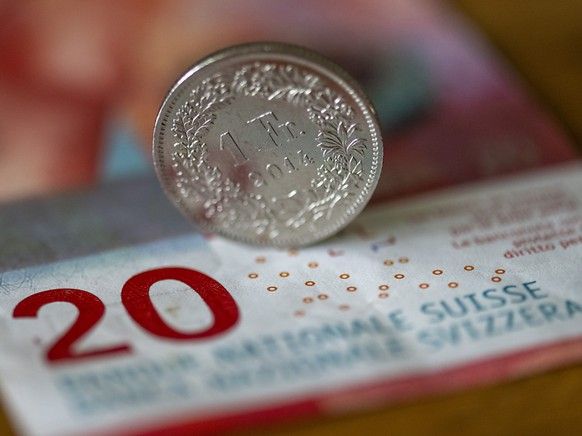
Keystone
All the reads, the Marks and even the French franc, on which our franc was backed, have meanwhile disappeared. All were absorbed by the euro. But the franc remains the franc. Its current condition is, with the weather, the only constant of radio information. Whatever the severity of the world situation, we always go to the exchange rate then, “and now the weather”.
Of “stable” at “refuge value”
“The creation of the Swiss franc in 1850 played an important role in the unification of the national economic space. This was a prerequisite for the success of economic development, ”explains Martin Schlegel. He is president of the general management of the Swiss National Bank, in a way the supreme guardian of the franc. Rather, a rather shy praise of its main working tool.
Nowadays, when we talk about the franc, it generally has an attribute. He is quite “strong”, “stable”, “refuge value”, “on” or “undervalued”, and often he is simply “under pressure”. Hence this somewhat worried question: how is the franc?
-From a monetary point of view, it is currently in a “strong” phase. Its value increases. It is pleasant for the Swiss who travel abroad and buy products imported at a lower cost. It is less interesting for tourists who come to Switzerland and for the export industry.
But the franc represents much more than a “currency”. He is also the “zähni” and the “fünfliber”. All this “fat” in the curved pocket of the wallet and in the children’s rooms. The cash, the parts and the tickets are not “strong”, but rather “under pressure”.
Digital payment services are supplant it more and more. Note during a dinner in Bern: out of fifteen people, only one pay in cash. For the rest, it will be Twint, Apple Pay and by credit card. Since 2022, ticket circulation has been falling. In 2024, in terms of value, ticket emissions reached around 73 billion. Three years earlier, this figure was still 88 billion.
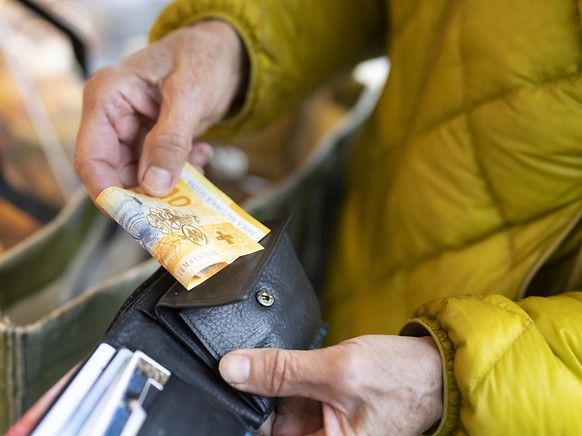
Keystone
While banknotes have often been entitled to a makeover, the parts have only changed more rarely. In 1850, most of them were still decorated with a seated helvetia. Meanwhile, the female figure must have risen – at least on the parts of two and one. Since 1922, a shepherd of the Alps, often taken wrong for Guillaume Tell, has been represented on the five -franc piece. On the pieces of 5, 10 and 20 cents is a head of Libertas, in turn often misinterpreted and taken for Helvetia.
A symbol of national identity for KKS
An initiative has even been launched for all these standing Helvetians, these alpine shepherds and their paper colleagues. The text wants to register the cash supply in the Constitution. Not for reasons of nostalgia, but because of a fundamental distrust of the State. Digital payments are significantly easier to watch. The initiative therefore relays the fear of the transparent citizen rather than a rescue action for money in money.
“The introduction of the Swiss franc was an act of cooperation and cohesion,” said the president of the Confederation Karin Keller-Sutter. According to her, it is a good example of “how we knew how to put aside individual interests for the benefit of the general interest.
“This has led to long -term advantages for all”
The federal state, very young at the time, has shown courage and clairvoyance, “which notably favored the modernization of the country and strengthened its national identity”, continues the leader, who sometimes has the reputation of being a ciseleuse of cents – or at least to return each franc at least twice.
(Translated from German by Valentine Zenker)
News in Switzerland is here
Show all articles
This is what Switzerland could look like in 2085
1 / 10
This is what Switzerland could look like in 2085

